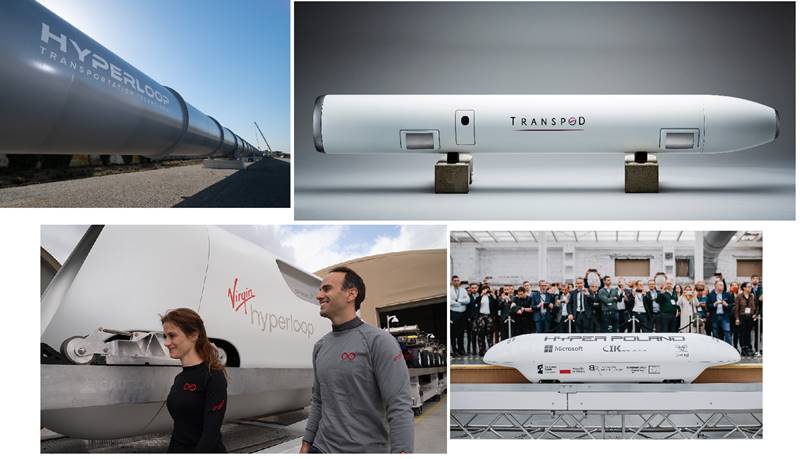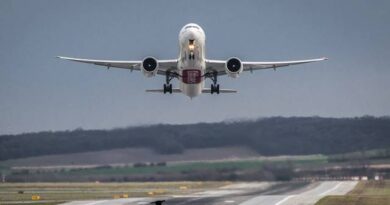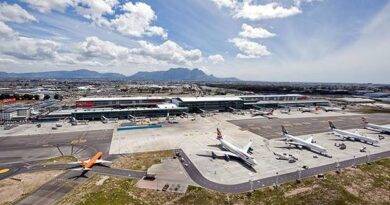What is Hyperloop? – Hyperloop Companies
The Hyperloop system consists of a vacuumed steel tube and a wagon driven by electric motors placed inside it. Although the idea goes back to much earlier dates, Hyperloop was first brought to the agenda by Tesla and SpaceX teams led by Elon Musk in 2012. Elon Musk described the Hyperloop system as the fifth way to travel. (Highway, seaway, airline, railway)
The wagon, which has a diameter of just over two meters, operates without contact with the ground thanks to the magnetic levitation (Maglev) rail system it is on. (0.5 – 1.5 mm). Thus, hyperloop wagons can operate in an environment independent of both air and ground friction. The system can theoretically reach speeds of up to 1,220 km per hour. If it can be successfully implemented, it is likely to be a serious alternative to other types of travel, thanks to the speed it can achieve. Especially at distances up to 400-500 km, hyperloop has the potential to outpace all other travel types in both passenger and freight transport.
The fact that it moves in a closed tube also enables the Hyperloop to operate without being affected by weather conditions, unlike other travel modes. However, the cost aspect of the business is the biggest obstacle to hyperloop projects. It is stated that the construction cost of only a 1 km long hyperloop line will be between 10-15 million USD.
Hyperloop Companies Established
So far, nine different Hyperloop companies have been established in different parts of the world:
- Virgin Hyperloop One
- Hyperloop Transportation Technologies – HTT
- TransPod
- DGWHyperloop
- Arrivo
- Hardt Global Mobility
- Zeleros
- Hyper Poland

Virgin Hyperloop successfully made its first sea trial voyage
The trial in the Nevada Desert took place on November 8, 2020 in the company’s 500-meter test tube. Virgin Hyperloop’s first passengers were the company’s CTO and co-founder Josh Giegel and its passenger experience director Sara Luchian. Josh Giegel and Sara Luchian thus made history as the first people to travel in a vehicle powered by hyperloop technology. During the acceleration, three times the G force was felt compared to a passenger plane, and a speed of 173 km / h was achieved during the journey. From 0 to 173 was reached in 6.4 seconds and a total distance of 390 meters was covered in 15 seconds. In the Hyperloop system, a theoretical speed of up to 1,220 km / h can be achieved. In the trial run, which was personally followed by the chairman of the board of Virgin Hyperloop, Sultan Ahmed bin Sulayem (United Arab Emirates), the XP-2 wagon designed by Danish design firms Bjarke Ingels Group and Kilo Design was used. The main wagons will have a capacity of 28 seats.
https://www.youtube.com/watch?v=xKvbSboQ5_g
Virgin Hyperloop had previously conducted more than 400 unmanned trials at the same test center.
For more articles click.


